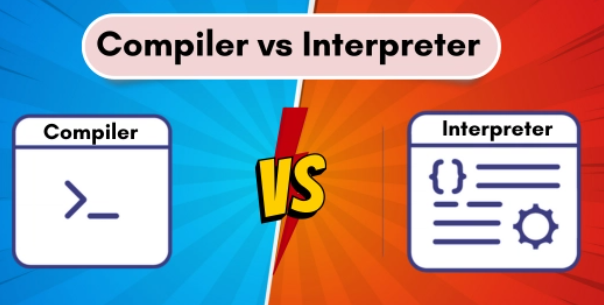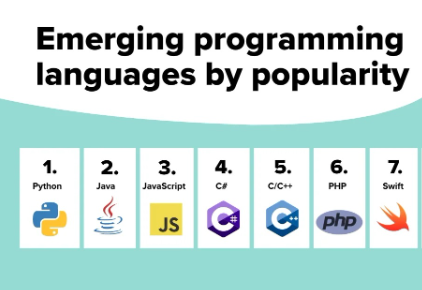
Compiled vs Interpreted Languages | C vs Python Explained
Introduction
Ever wondered how your code turns into actions on your screen? Programming languages follow two main approaches to execution: compiled and interpreted. Both methods have their strengths and are suited for different tasks.
In this guide, you’ll learn:
- What compiled and interpreted languages are
- The core differences between them
- Real-world examples (C vs Python)
- Pros and cons of each
- When to use which
What is a Compiled Language?
A compiled language uses a compiler to translate the entire source code into machine code (binary) before running it. This means the program becomes an independent executable.
Key Characteristics:
- Fast execution time
- Requires a compile step
- Platform-dependent binaries
Examples:
- C
- C++
- Go
- Rust
- Swift
Example in C:
#include <stdio.h>
int main() {
printf(“Hello, World!\n”);
return 0;
}
This code is compiled into an .exe or binary using a C compiler.
Learn more about Programming Software
What is an Interpreted Language?
An interpreted language uses an interpreter to read and execute code line by line, without converting the entire code into a separate executable first.
Key Characteristics:
- Slower than compiled code
- Easier to debug and modify
- Platform-independent source code
Examples:
- Python
- JavaScript
- PHP
- Ruby
- Bash
Example in Python:
print(“Hello, World!”)
You run this with python script.py, and the Python interpreter handles it live.
Explore Python Basics
Compiled vs Interpreted: Key Differences
| Feature | Compiled Languages | Interpreted Languages |
| Execution Speed | Fast | Slower |
| Debugging | Harder (pre-compiled) | Easier (line-by-line) |
| Portability | Less portable | More portable |
| Compilation Needed | Yes | No |
| Error Detection | At compile-time | At runtime |
What is a Programming Language?
Pros & Cons
Compiled Languages
Pros:
- Faster performance
- Better optimization
- Strong error checking before execution
Cons:
- Slower development cycle
- Platform-dependent binaries
- Harder to debug
Interpreted Languages
Pros:
- Easier to learn and debug
- Great for scripting and automation
- Cross-platform source code
Cons:
- Slower performance
- Errors show only at runtime
- May need additional runtime environment
When to Use Which?
| Use Case | Recommended Type |
| Game Development | Compiled (e.g., C++) |
| Web Development | Interpreted (e.g., JS) |
| Scripting & Automation | Interpreted (e.g., Python) |
| System Programming | Compiled (e.g., C) |
| Cross-platform tools | Interpreted or hybrid |
Conclusion
Both compiled and interpreted languages have unique strengths. For high-performance tasks like game engines or system-level software, compiled languages like C shine. For faster development and easier debugging, interpreted languages like Python are perfect.
Want to go deeper?
Low-Level vs High-Level Languages
How Programming Languages Work


